Gleitzeit
@VereinFortuna
Photos: Lukas Meixner






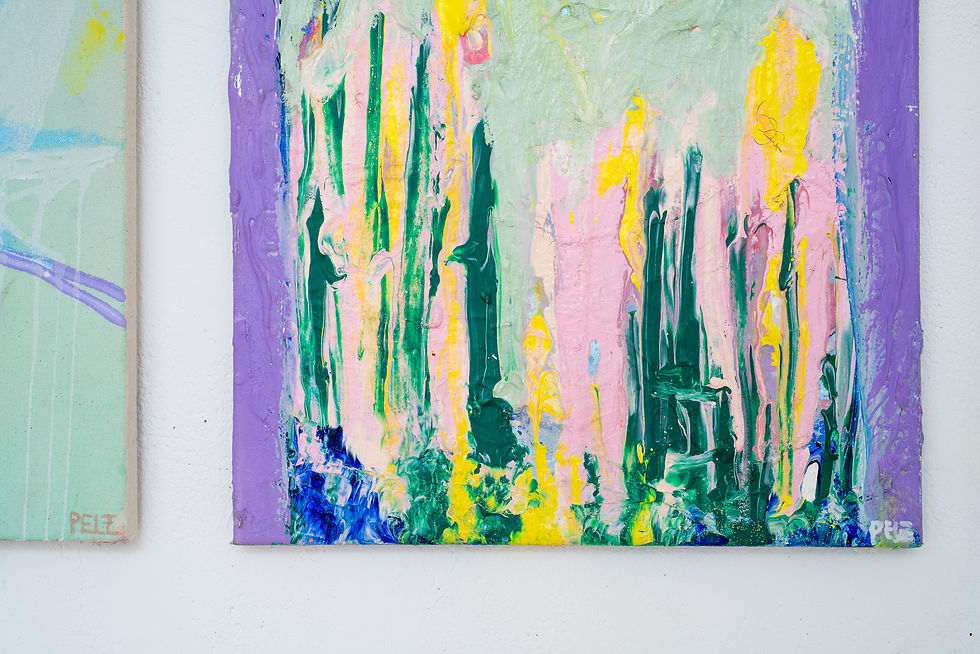


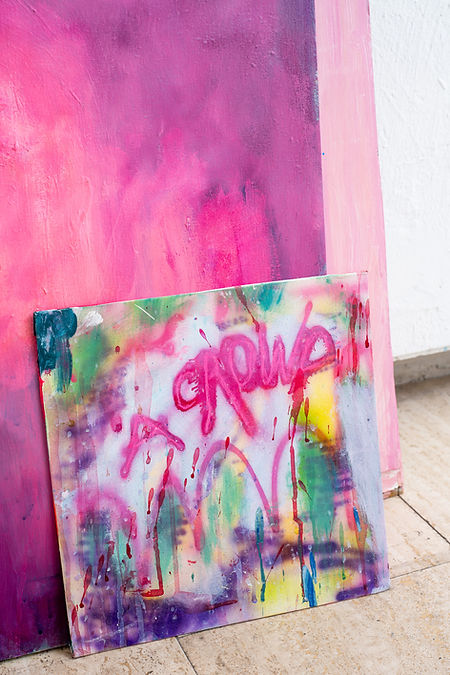
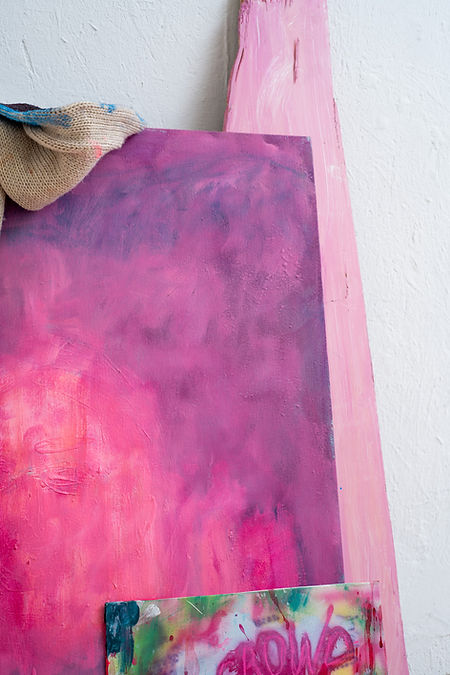




Animalische Welten
@BaseAT4

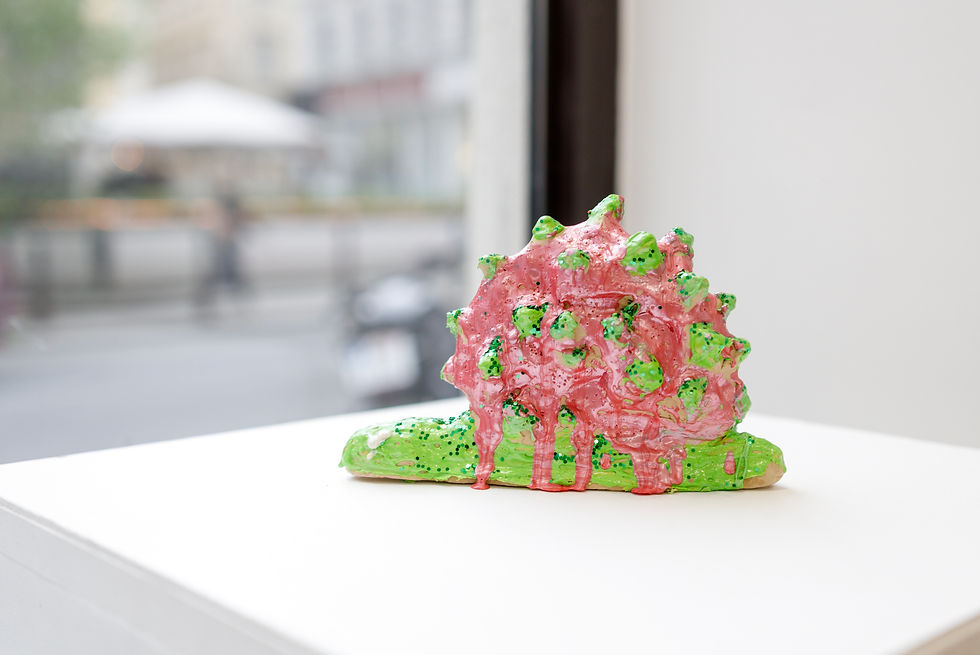

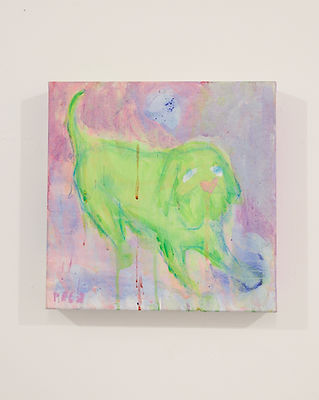




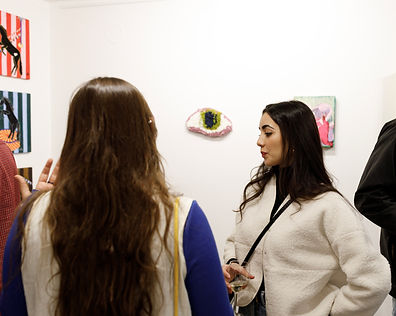








Sehen Sucht/Sehnend Tut, Masterabschluss @DieAngewandte

Universität für angewandte Kunst Wien,Video: © Anna Sophia Rußman und Kilian Immervoll, 2025 licensed under CC BY NC ND 4.0







UTOPIA DISTOPIA,
ALM Kollektiv, ArtCollectionSchlichtner@ParallelVienna


Zuckerschock Soloausstellung
@THE HOX GALLERY, The Hoxton Vienna



Photos: Lukas Meixner












Fifth, left on paper, dreaming what I spoke, per hex so, organisiert von Patricia Grzonka
@Kunstraum Flat1
Photos: Ammar Khadour





SCHÖNES GELAGE #6 @KAH






KUNST! KREATIVITÄT IN ZEITEN KÜNSTLICHER INTELLIGENZ? @KULTURFORUM BRATISLAVA/ÖSTERREICHISCHE BOTSCHAFT IN DER SLOWAKEI

KULTURFORUM BRATISLAVA/ÖSTERREICHISCHE BOTSCHAFT IN DER SLOWAKEI - KUNST! KREATIVITÄT IN ZEITEN KÜNSTLICHER INTELLIGENZ?
Fotocredit: photo courtesy of Moritz Wildburger und Lukas Lex und Österreichische Botschaft in der Slowakei
KUNST! KREATIVITÄT IN ZEITEN KÜNSTLICHER INTELLIGENZ?
Vernissage 24. Jänner 2024 ab 17:00 Uhr, Ausstellung 25. Jänner - 29. Februar 2024
Österreichisches Kulturforum in Bratislava
Gehypt, geliebt, gefürchtet - Künstliche Intelligenz, Technik und Wissenschaft in der Kunst?
Fünf verschiedene künstlerische Positionen laden zur Reflexion und Diskussion ein!
Anna Pelz, Lukas Lex und Moritz Wildburger sind Student:innen der Universität für Angewandte Kunst Wien und werden Arbeiten im Rahmen eines KI-Cafés präsentieren. Sie setzen sich kritisch mit sozialen, kulturellen und politischen Dimensionen neuer Technologien wie KI und ihrer transformativen Kraft innerhalb unserer Gesellschaft auseinander. Sie thematisieren die Auswirkungen des Zusammenspiels von Mensch und Maschine und Reaktionen wie Angst und Fetischisierung, um so Facetten und Schattierungen sichtbar zu machen.
Vanessa Mazanik, Daniel Mazanik und Begi Guggenheim kommen aus der Medienwissenschaft, Weltraumforschung und Bildhauerei. Als Resultat des Zusammenwirkens dieser Bereiche bringen sie eine Skulptur zum Schweben. Es ist ein Versuch, die alte Logik des Mediums Skulptur als Stand- und Repräsentationsbild aufzuheben und die Magie der Levitation mit physikalischer Präzision in Einklang zu bringen. Erweitert wird dieser Gedanke durch Vanessa Mazanik, die mit Augmented Reality die Levitation vom analogen in den digitalen Raum überführt.
Christian Eisenberger schafft mit einem großen Tannenzapfenteppich eine Intervention, die sich gefühl- und effektvoll zugleich vor den Betrachter:innen am Boden ausbreitet. Unterschiedliche äußere Einflüsse ergeben dabei verblüffende Farbeffekte. Aus einer Binarität entfalten sich so Zeichen und Flächen sowie komplexe Sinn- und Sinneszusammenhänge im Raum.
Vernissage: Mittwoch 24. Jänner 2024, 17:00 Uhr, ÖSTERREICHISCHES KULTURFORUM DER ÖSTERREICHISCHEN BOTSCHAFT IN BRATISLAVA / Adresse: RAKÚSKE KULTÚRNE FÓRUM, Hodžovo námestie 1/A, 811 03 Bratislava, Slowakei.
Die Arbeiten werden zusätzlich an gesonderten Terminen am 15. und 28. Februar 2024 von den Künstler:innen vorgestellt.
Kurator: Andreas Schlichtner

Fotocredit: photo courtesy of Dominik Sepp und Österreichische Botschaft in der Slowakei









Binnenkörper @DieAngewandte






















Phantasmatic Paradoxes ArtCollectionSchlichtner @ParallelVienna2024

phantasmatic paradoxes @ PARALLEL Vienna art fair, 05.09.2023-10.09.2023
Fotocredit: photo courtesy of André Rachadel
As part of a historical and site-specific approach, we refer to the various pasts of the venue. The artists develop individually and collectively reparative artistic practices. The reparative turn, applied to this exhibition emphasizes sustenance, and utopian world building in the activities of artists, writers, and their audiences. Whereas the reparative making remains reparative for the makers, only. The artistic techniques applied are based on different media.
For Sigmund Freud, the phantasmatic refers to structures of the unconscious that generate fictions of stereotypes through fantasy and desire. In Laplanche and Pontali's dictionary, "The Language of Psychoanalysis", the phantasmatic is described as a filter, the way phantasy structures subjectivities. The phantasmatic is also defined as the mechanism through which the subject position is articulated (Kaja Silverman). In Melanie Klein's psychological register "position" is referring to the paranoid and the reparative: the paranoid position and the depressive position which is integral to reparation. Eve Sedgwick and José Muñoz who initiated the "reparative turn" in queer studies preferred "positions" rather than "stages" or diagnostic personality types (archetypes).
The paranoid position means a strong theory according to Silvan Tomkins, which does not allow any surprises. Eve Kosofsky Sedgwick, however, insists that the depressive position harbors the possibility of reparation and hope: the reparative process is called love. (Eve Kosofsky Sedgwick, Touching Feeling, Paranoid Reading and Reparative Reading, or, You're so Paranoid, You Probably Think This Essay is About You, 128.) Sedgwick sees in Judith Butler's "Gender Trouble" the paranoid impulse in exhibiting and making something visible that seems natural, which turns out to be fundamentally phantasmatic.
The reparative turn, applied to this exhibition emphasizes sustenance, reparation and utopian world building in the activities of artists, writers, and their audiences. (Maggie Nelson, On Freedom, 26.) Whereas the reparative making remains reparative for the makers, only.
Several artistic practices refer strongly to vulnerability, reparation, corporality, artistic play with phantasmatic paradoxes, gender roles and parodies. The parodying repetition of drag shows implicitly the imitative structure of gender itself and also shows the phantasmatic effect on identity and disidentification as a subset of reparative practice. (José Muñoz)
(text: Margareta Klose)




KNÄUEL, SCHLAUFEN
UND KRITZELEIEN
verstrickt in Flüchtigkeit
@DieAngewandte













A Soft, Blue Imagination @DieAngewandte


























SUPER SPARKS
ArtCollectionSchlichtner @OR 1180






"Freakylicious"
ArtCollectionSchlichtner @ParallelVienna2022


KAH @ParallelVienna2022

"NEOPHOBIA"
(70x90, Acryl, Ölkreide auf Leinwand, 2020)
available @ https://www.kah-online.com/shop/neophobia-sshhhh/
WALK THROUGH MY SYNAPTIC FOREST @DieAngewandte
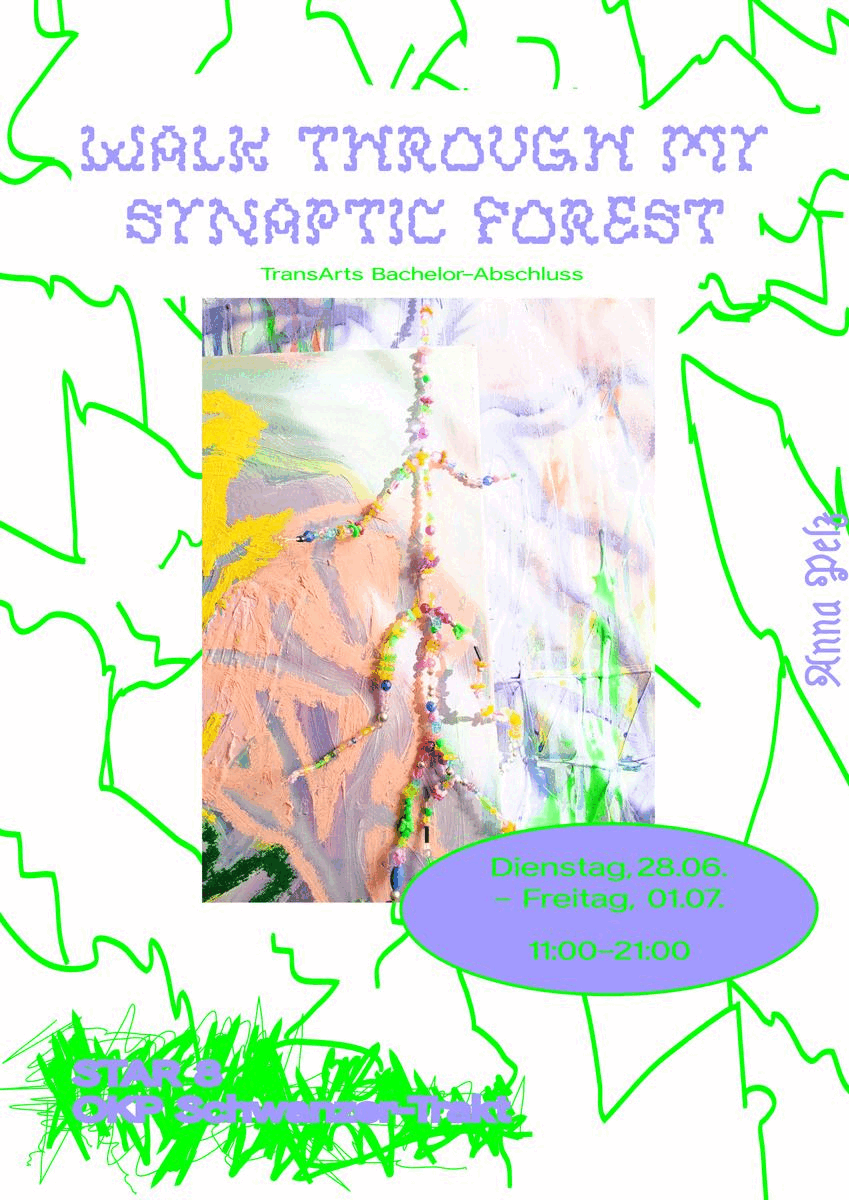
WALK THROUGH MY SYNAPTIC FOREST
Bunte Äste, Verzweigte Eindrücke
Farben verfließen und lassen Landschaften erahnen. Gefühle der Sehnsucht mischen sich mit der Angst des Uneindeutigen. Malereien wachsen in den dreidimensionalen Raum, und die Grenzen zwischen Bildern und Objekten aus Materialien wie gesammelten Zweigen, Knetmasse, Keramik, Bauschaum oder Plastikperlen verschmelzen. Ab wann ist etwas künstlich, wie lange noch natürlich?
Der Synapsenwald wird angeregt,
wenn ich mich durchs Geäst beweg.
Synapsen verbinden sich,
sie spielen im Dickicht.
Der Lauf des Flusses durchs Land gleicht dem Ast,
der sich über das Wasser biegt. Die Blätter singen den Wellen nach,
es rauscht. Wie ein Chamäleon kopiert das Nass den Himmel,
blau, lila, rosa oder orange.
//
WALK THROUGH MY SYNAPTIC FOREST
Colourful branches, dendritic impressions
Colours fade suggesting landscapes. Feelings of desire mix with the fear of ambiguity. Paintings proliferate into three-dimensional space, and the borders between images and objects made of materials like twigs, modelling clay, ceramics, construction foam, or plastic pearls dissolve. At what point is something artificial, how long is it still natural?
The synaptic forest is stirred
as I pass through the brush.
Synapses connect
and play in the thicket.
The river’s course through the land,
bent like a branch over water. The leaves echo the waves,
they rustle. Like a chameleon, the wet copies the sky,
blue, purple, pink, or orange.

Photo Credits: Universität für angewandte Kunst Wien, Foto © Jorit Aust, 2022

Photo Credits: Universität für angewandte Kunst Wien, Foto © Jorit Aust, 2022

Photo Credits: Universität für angewandte Kunst Wien, Foto © Jorit Aust, 2022

Photo Credits: Universität für angewandte Kunst Wien, Foto © Jorit Aust, 2022

Photo Credits: Universität für angewandte Kunst Wien, Foto © Jorit Aust, 2022







"OPAK" KAH @LEERSTAND GALLERY

how lovecraft saved the world
@Universitätsgalerie der Angewandten im Heiligenkreuzerhof






"Erinnerungsfetzen" je 56x37,Tusche auf alten Geschirrtüchern,
bespannt auf Keilrahmen, 2021
KAH @ParallelVienna2021

"zoomed calling"
(80x100, Acryl, Ölkreide auf Leinwand, 2019)
available @ https://www.kunstabhinterhof.at/shop/zoomed-calling/
591.3
@Tredici E Mezzo


"Damen(b)art"
100x80 Acryl, Ölkreide, Glitzergarn, Wolle, Vlies,
zerrissenes Shirt auf Keilrahmen bespannt, 2019

"My Train Of Thought Is Empty"
150x110, Acryl, Ölkreide, Papier, Fineliner auf Leinwand, 2021
Abteilung Malerei (HenningBohl)
"A Dream About The Great Painting Exhibition, or, Possibly a Nightmare" @Angewandte Festival



Photo Credits: Kamen Stoyanov
"Self Care Group: because people often overlook something"
Abteilung Malerei @Angewandte / Lichthof A




"Magical Transformation"
200x80, Acryl, Ölkreide, Papier, Lametta,
Stoff auf unbespannter Leinwand, 2020
Super Natural Feelings
@Angewandte, Vordere Zollamtstraße 7. März 2021












KAH
@RedCarpetArtShowroom
U-Bahnstation Schottentor




"Eye (I)"
"yoU"
"celebritE"
"Sweet E"
"bluE"
available at
https://www.kunstabhinterhof.at/u2schottentor/
photo credits: (c) www.Stef8niefreynschl8g.com


"NACH WIE VOR" KAH
@Orpheum Graz, 08.10. 2020 - Jänner 2021



SPACE 20 #1
@Schloss25, 22.-27.9.2020


.jpg)
Asterisk Night Skies, Klasse TransArts
@ParallelVienna, 22.-27.9.2020





KAH
@ParallelVienna, 22.-27.9.2020
"NEOPHOBIA sshhhh" (70x90, mixed media on canvas, 2020)
available @ https://www.kunstabhinterhof.at/shop/neophobia-sshhhh/

"POSTINTERNET GENERATION" Art Kolkhoz @Währingerstraße 24, 31.07.-02.08. 2020
"Felt Cute Might Delete Never" (Acrylics, Oilstick, Gouache, Oilstick On Canvas, 100x70x80 cm , 2020)
"Warteschlange (1,2,3)" (Acrylics, Oilstick, Gouache, Oilstick On Canvas, 40x60 cm , 2020)


Staycation Is A New Artwork On Your Wall
@foufoucontemporary
"Sugarcoated" (Acrylics, Oilstick, Glitter On Canvas100 x 130 cm || 39” x 51”, 2020)

"Publikum" (160x100, Gouache, Acryl, Ölkreide auf unbespanntem Leinen, 2020)
"We'll Continue To Act"
Wohnungsausstellung mit dem Kollektiv ArtKolkhoz , Mai 2020

"AUSBRUCH" LesNouveauxRichesMagazine @Improper Walls Gallery, Mai 2020
"Changed circumstances, limited resources, lost routines – those things have characterized the last weeks, yes, the last month. And yet despite all restrictions and obstacles, there was no standstill.
AUSBRUCH is breaking free, breathing in, reuniting, perceiving, experiencing. AUSBRUCH is the celebration of creativity in the face of adversity. Works created since March 2020 are shown. "
https://www.les-nouveaux-riches.com/lnr-exhibition-ausbruch/




Photo Credits: Lichterwaldt
Nearly Distant / Nahezu Fern, März 2020
@Angewandte,Vordere Zollamtstraße 7
Wie nahe liegt die Ferne und wie fern ist das Nahe?
Menschen als ein Organismus zwischen Mikro- und Makromustern.
Welchen Einfluss hat es auf uns und die Wahrnehmung unserer Dimensionen, wenn wir uns selbst und unsere Umwelt von größerer oder kleinerer Distanz aus betrachten? Die Werke beschäftigen sich mit Themen wie Vergänglichkeit, Neugier und dem Überwältigendem.













St. Moritz Art Academy Residency und Workshop mit Andreas Schulze, Philip Emde und Charlotte Desaga, Februar 2020
Eine Woche lang beschäftigten wir uns malerisch und transdisziplinär mit dem Thema "Schnee" in all seinen Facetten.



Endless Metabolisms
In Endless Spheres (Soloshow)
@Raumen 25.-27.10.2019


„Endless Metabolisms in Endless Spheres“ ist inspiriert von organischen,
amorphen Formen und Prozessen.
Die Werke sind geprägt von emotionalen Körperlichkeiten sowie von Ambivalenzen aus Farbigkeit und Motiven.
„(...) Diese biochemischen Vorgänge dienen dem Aufbau, Abbau und Ersatz bzw. Erhalt der Körpersubstanz (Baustoffwechsel) sowie der Energiegewinnung für energieverbrauchende Aktivitäten (Energiestoffwechsel) und damit der Aufrechterhaltung der Körperfunktionen und damit des Lebens.
(...) Lebewesen erhöhen in sich die Ordnung und verbrauchen dabei Energie.
Im Organismus nimmt die Entropie (Unordnung) ab, in der Umgebung nimmt sie zu.”
https://de.wikipedia.org/wiki/Stoffwechsel
Es wird mit verschiedenen Dimensionen und Materialien experimentiert, die
unterschiedliche Interaktionsmöglichkeiten und Wahrnehmungen ermöglichen.
„Der Mensch spielt nur, wo er in voller Bedeutung des Worts Mensch ist, und er ist nur da ganz Mensch, wo er spielt.“
Friedrich Schiller

Photo Credits: Astrid Edlinger

Photo Credits: Ana Loureiro

Photo Credits: Ana Loureiro


Photo Credits: Ana Loureiro

Photo Credits: Ana Loureiro

Photo Credits: Ana Loureiro

Photo Credits: Astrid Edlinger

Photo Credits: Astrid Edlinger
KAH
@Parallel Vienna 2019


Klasse TransArts
@Festivandte 2019 Vordere Zollamtstr. 7

Habitat (Baustelle)
@Angewandte, Vordere Zollamtstr. 7, Juni 2019





"Naja" TransArts Klassenausstellung
@WellWellWell, Februar 2019





